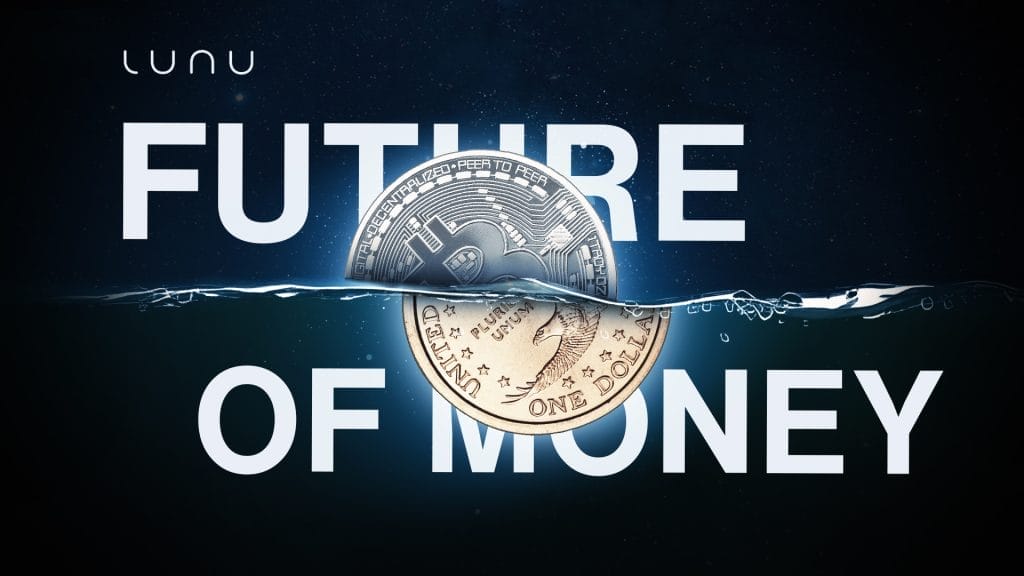
Last week, a conference on the “The Future Of Payments – CBDC, Digital Assets And Digital Capital Markets“, was hosted by Bocconi University. It was opened by a keynote speech from Piero Cipollone, a member of the European Central Bank’s Executive Board and Chair of the Eurosystem High-Level Task Force on the Digital Euro. Cipollone’s speech was followed by a panel discussion with academics and members of think tanks, and was concluded with a presentation given by Evelien Witlox, the Digital Euro program Director at the ECB, on the ECB’s “Digital euro innovation platform.”
This was an occasion to discuss the importance of establishing a credible digital euro to assert European strategic autonomy, and the possible use cases of the digital single currency (which can be tested and suggested in the newly-launched innovation platform) as well as the competition deriving from USD-based stablecoins. The event took place just a few days after the Banking Summit held on the shores of Lake Maggiore, where the representatives of the major banks discussed the role of AI in the financial industry as well as the impact that digital currencies will have on banks’ business models.
All these discussions are happening on the back of the recent approval by the US of the Genius Act, which has provided a regulatory framework for the issuance and management of USD-based stablecoins, the larger ones being USDT by Tether and USDC (offered by Circle). While Circle was already a company well-grounded in the US, Tether is based in Switzerland but has actually decided – following the approval of the Genius Act – to issue a parallel stablecoin (USAT), which will be Genius compliant (even if in the future, USDT and USAT are likely to converge).
The Genius Act has allowed stablecoins to rewire the architecture of the global financial system, which is currently based – for cross-border transactions – on a slow, cumbersome, and expensive system of corresponding banks and central banks, and on a messaging system, SWIFT which signals that a payment has been made. With stablecoins, money can be transferred instantaneously 24/7, to the other side of the world, completely by-passing the system of corresponding banks mentioned above. No wonder that these banks, fearing dis-intermediation, are now seeking protection from the regulators, asking them to slow down the process of introducing these new payment and settlement mechanisms.
But regulators cannot stop the market. Eventually, if people will find the new solutions better and cheaper, they will adopt them, even if the regulators throw “sand in the cogs,” for example by establishing holding limits, or similar restrictions. The push from America, which risks dollarizing (or re-dollarizing) the global economy like never before, has been so hard that even those jurisdictions that were sceptical of stablecoins and preferred state-based solutions (such as the Eurozone and China) have now decided to provide a market-based response. In the Eurozone, a consortium of nine banks from several countries have announced the launch of a EUR-based stablecoin: they are DEKA (from Germany), ING (from the Netherland), Raiffeisen Bank (from Austria), Unicredit and Banca Sella (from Italy), SEB (from Sweden), Caixa Bank (from Spain) and KBC (from Belgium).
The proposed EUR-based stablecoin would be MiCA compliant and would help Europe preserve a minimum level of strategic autonomy from the US. The main obstacle would be represented by the dearth of public safe assets against which to peg the stablecoin (as the US Treasury is for USD-based stablecoins). This would be yet another reason why the EU could issue trillions of Eurobonds to finance public goods (common defense, euro-wide industrial policies, energy and digital transition, etc) that the EU so desperately needs to provide.
Even China, which started the digital currency race in 2014 with its CBDC project (which led to the issuance of the e-CNY in February 2022), has realised that a stablecoin solution may be needed to “complete the market” (à la Arrow Debreu) of digital currencies, and launched its AnchorX solution (AxCNH), which will be based on the offshore Chinese Yuan (CNH). This is meant to strengthen China’s attempt to de-dollarise the economy, and to have an additional tool compared to its CBDC and m-Bridge program.
To conclude, the race for the future of money is in full swing, with massive geopolitical implications, and more surprises are likely to be just around the corner.